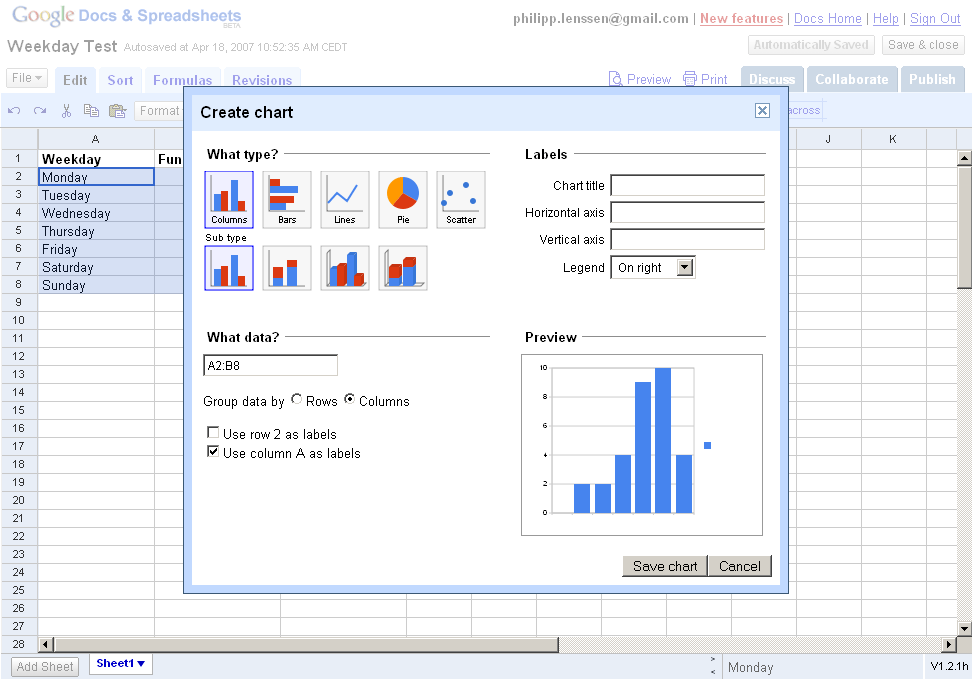Year 10
R050: IT in the digital world

The IT industry is vast and provides work for a wide
range of people across sectors, from those working
as freelance IT consultants, right through to those in
large or specialist IT teams in multinational companies.
Job roles frequently overlap across multiple sectors
as there are common aspects to inputs, processing
and outputs of IT systems which can be used in many
ways, from supporting the planning, designing and
implementation of services or products to enhancing
our daily lives in the digital world.
In this unit you will learn the theoretical knowledge and
understanding to apply design tools for applications,
principles of human computer interfaces and the use
of data and testing in different contexts when creating
IT solutions or products. You will understand the uses
of Internet of Everything and the application of this in
everyday life, cyber-security and legislations related to
the use of IT systems, and the different types of digital
communications software, devices, and distribution
channels.
R060: Data manipulation using spreadsheets

Data manipulation is an important part of many job
roles, supporting development and growth in different
sectors. Businesses in different sectors such as IT,
finance, retail, hospitality, education and government
all manipulate data for different purposes. Spreadsheet
applications are commonly used to create input,
processing and output solutions which manipulate
data.
In this unit you will learn the skills to be able to plan
and design a spreadsheet solution to meet client
requirements. You will be able to use a range of tools
and techniques to create a spreadsheet solution based
on your design, which you will test. You will be able to
evaluate your solution based on the user requirements.
Year 11
R070: Using Augmented Reality to present information

Augmented Reality (AR) has made it possible to present
information so that users can see more detail in items/
products with 2D or 3D images and can place the item
digitally in their surroundings. AR provides increased
engagement, interaction and a richer user experience.
Businesses in different sectors such as IT, architecture,
retail and hospitality, education and government are
presenting information and/or products in a digital
world using a range of digital devices. Augmented
Reality software development kits (SDK) are used to
create the AR product for different contexts.
In this unit you will learn the basics of Augmented
Reality (AR) and the creation of a model prototype
product to showcase how it can be used appropriately
for a defined target audience to present information.
You will also learn the purpose, use and types of AR in
different contexts and how they are used on different
digital devices. You will develop the skills to be able
to design and create an AR model prototype, using a
range of tools and techniques. You will also be able to
test and review your AR model prototype.
